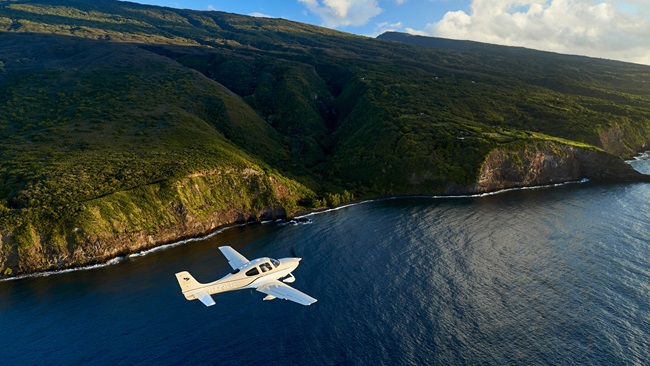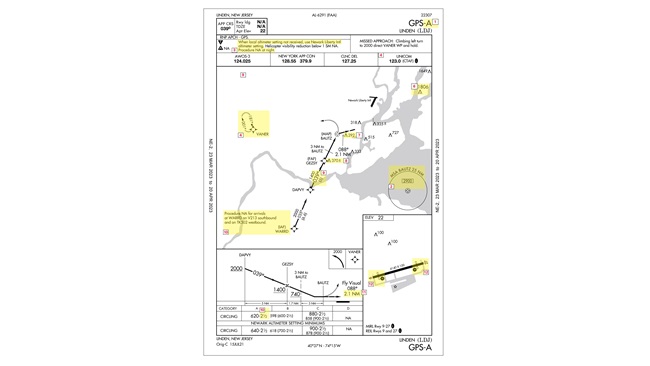
Before Carolina’s Cam Newton, Denver’s Peyton Manning, or any of their teammates fly into the end zone for a touchdown at the NFL’s fiftieth Super Bowl in Santa Clara, California, two Civil Air Patrol Cessnas will have simulated flying into restricted airspace to test defense systems for the big game.
The Civil Air Patrol said in a Jan. 25 news release that its California Wing will fly two Cessna 182s low and slow in Fresno and Oakland to help U.S. Air Force fighter jet crews maintain their proficiency.
The mission will simulate an aircraft penetrating the FAA’s temporary flight restrictions and no-fly zones that protect major events so that combat crews can practice intercept techniques. (Pilots can do their part to avoid the airspace on game day by studying the FAA's flight advisory and notams detailing the flight restrictions.)
During the training maneuvers, U.S. Air Force pilots will fly alongside the Civil Air Patrol airplanes, making radio contact and guiding them out of the restricted airspace. A third Cessna flying higher will handle communication between participants.
Although temporary flight restrictions for the Super Bowl and their associated no-fly zones were created after the Sept. 11, 2001, terrorist attacks on U.S. soil, aerial security measures for the big game have been in place for at least 25 years.
Military helicopters circled Florida’s Tampa Stadium during the New York Giants’ 20-19 Super Bowl XXV win over the Buffalo Bills in 1991. The first Gulf War in Iraq was underway, bringing a heightened sense of alert to officials, players, fans, and TV viewers. Spectators along the stadium’s top rows were startled by the large gunships when they bobbed close to the stands, their rotor blades’ backwash thundering across the crowd.
CAP says the mission marks “CAP’s 15th year as a participant in North American Aerospace Defense Command air-defense exercises designed to protect the Super Bowl’s airspace.” The organization “is involved in similar exercises around the U.S. throughout the year to test airspace security.”
“The opportunity to ensure safe skies around Levi’s Stadium is a mission CAP takes very seriously,” said Maj. Gen. Joe Vazquez, the Civil Air Patrol’s national commander. “Our aircrews are trained to simulate either threat or duress flights that inadvertently or purposely enter into restricted airspace. The Air Force depends on CAP to ensure its readiness in guarding America’s airspace.”
In advance of the gridiron classic, reporters rode along as an Air Force Reserve tanker aircraft left March Air Reserve Base in California to practice refueling an Air National Guard F-15 fighter.
CBS2 television reporter Crystal Cruz said aerial tankers will refuel the fighters from an altitude of 20,000 feet on the day of the game. With aerial refueling, the F-15s can continually stay in the air to monitor the 10-nautical-mile no-fly zone.
“Just like the football teams prepare, so do we,” Major Andrew Scott told Cruz.



